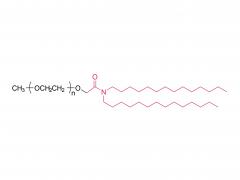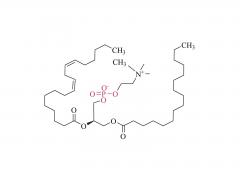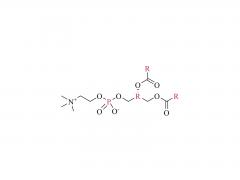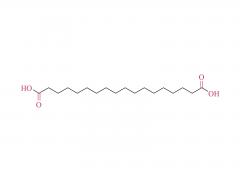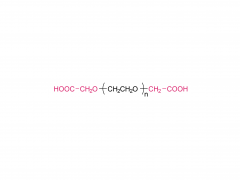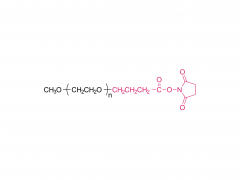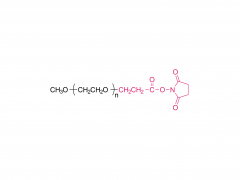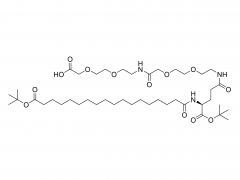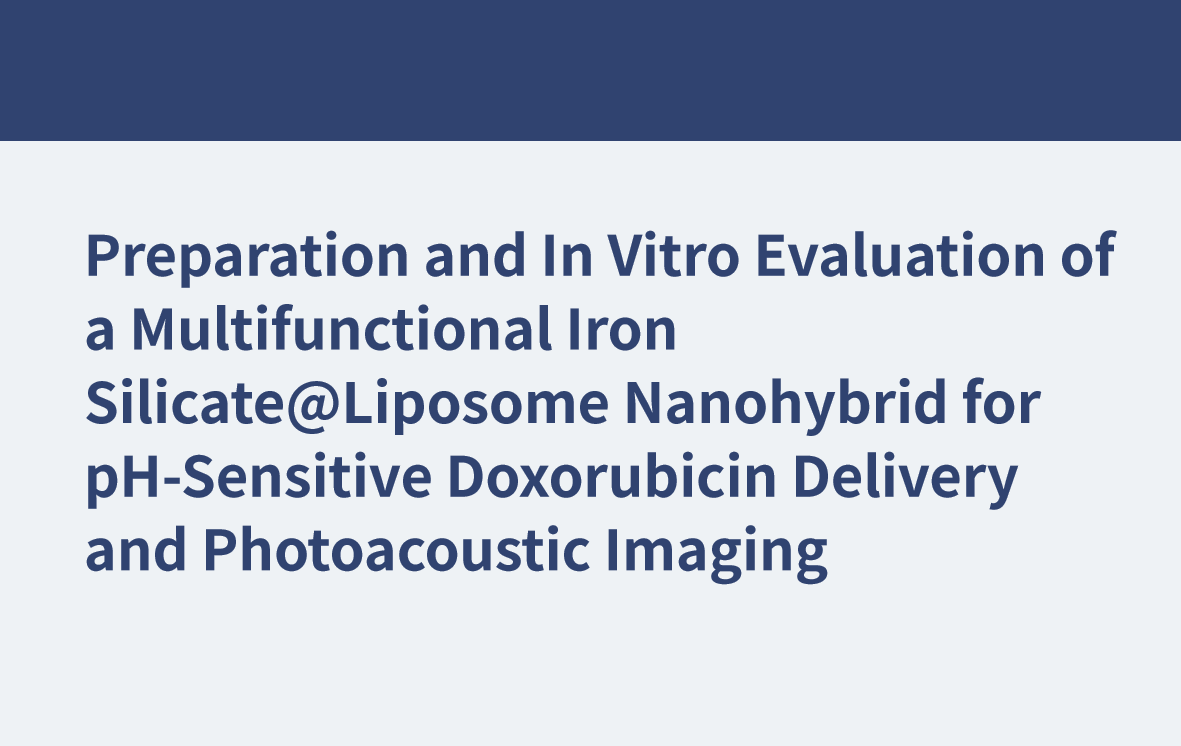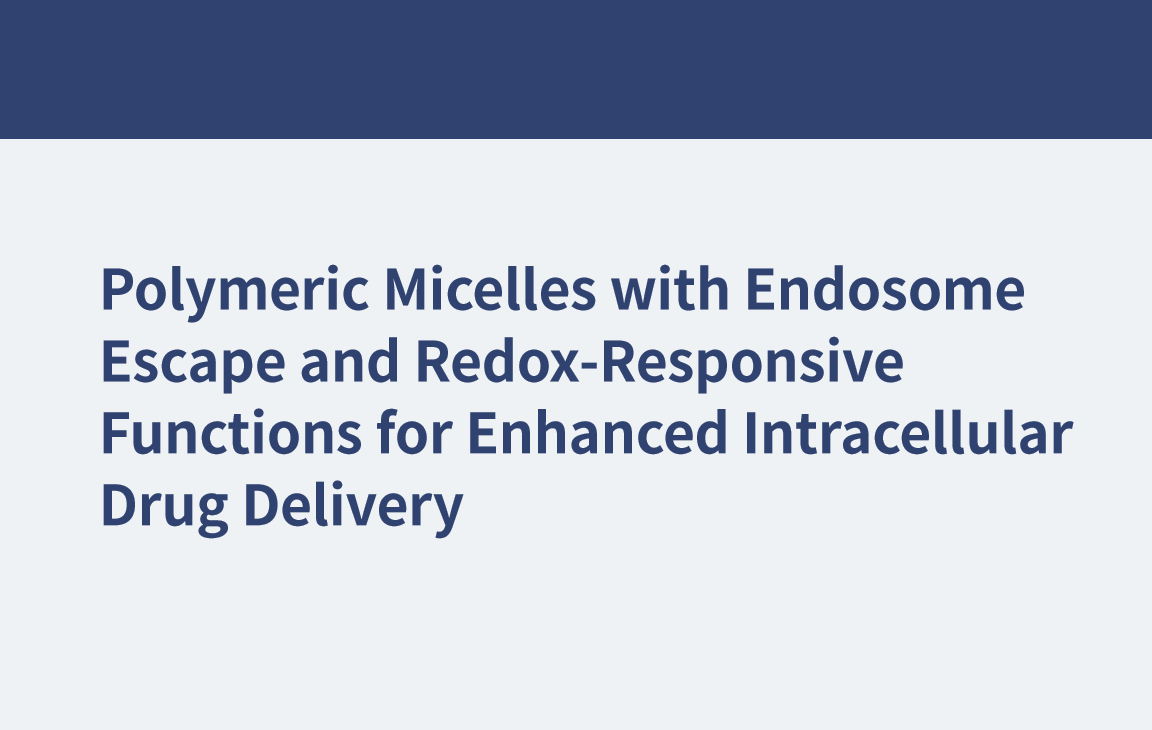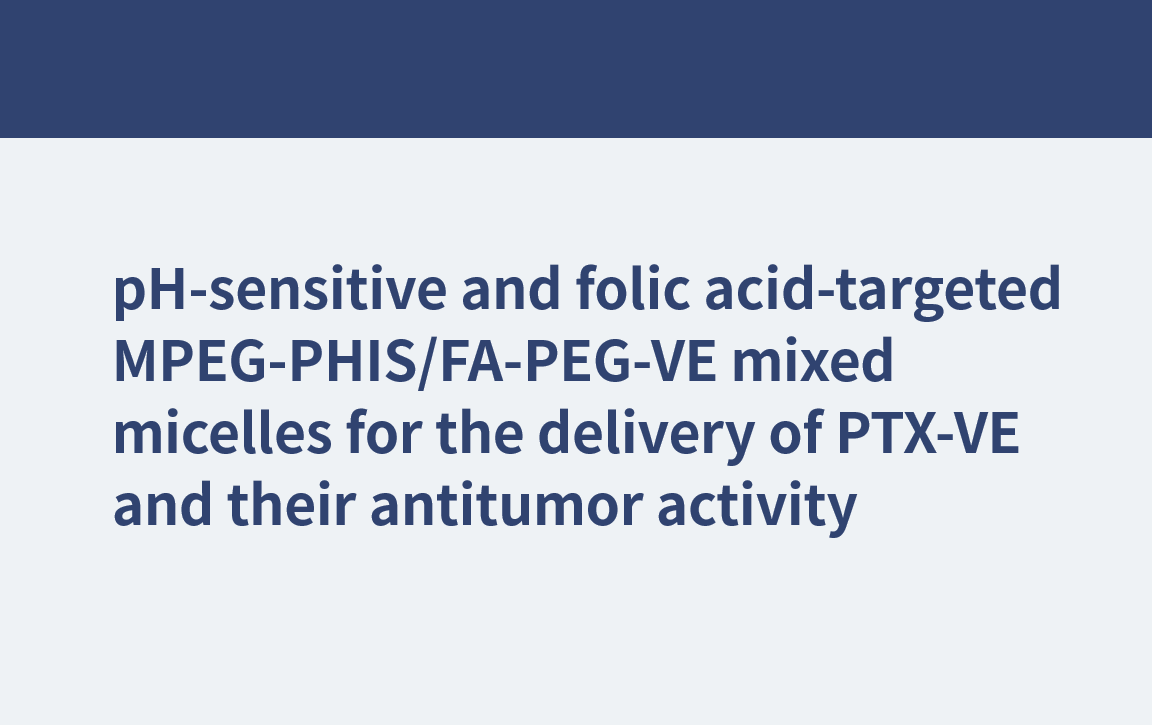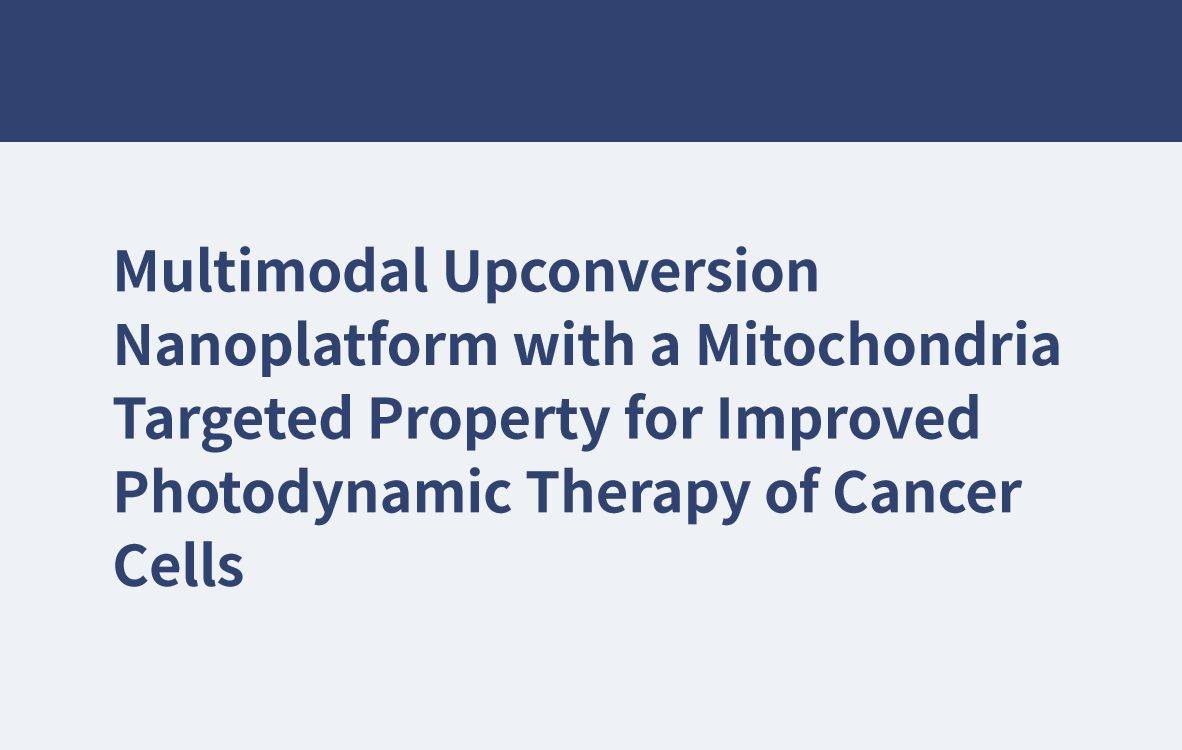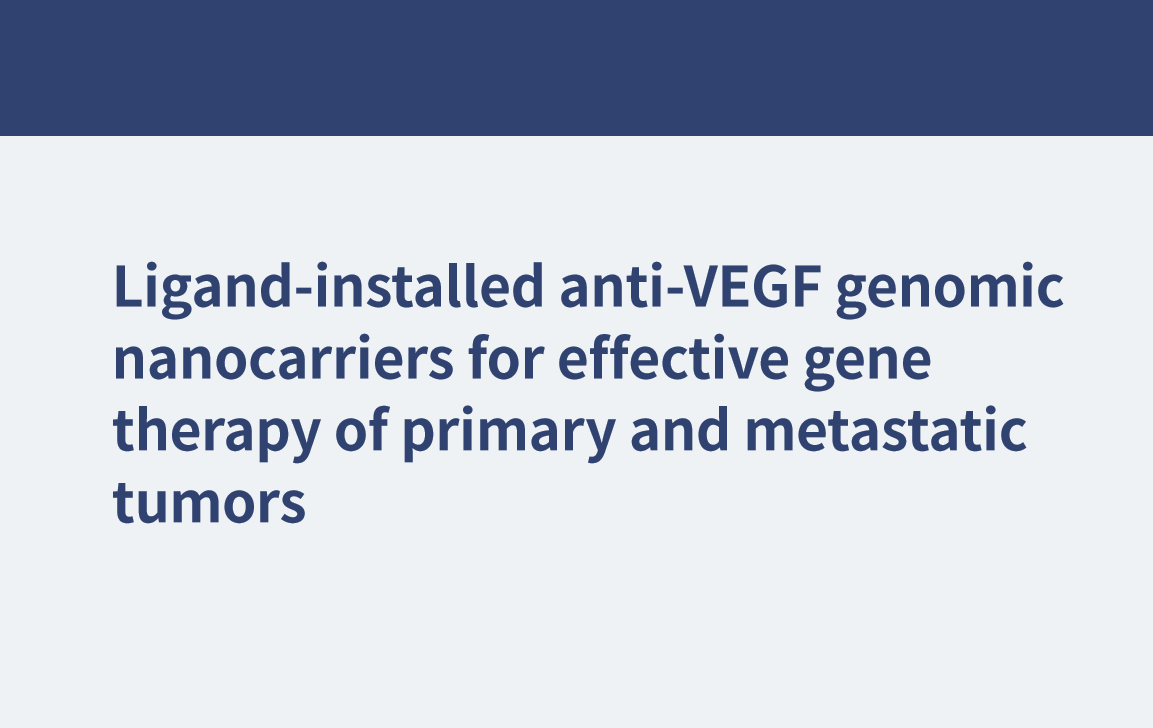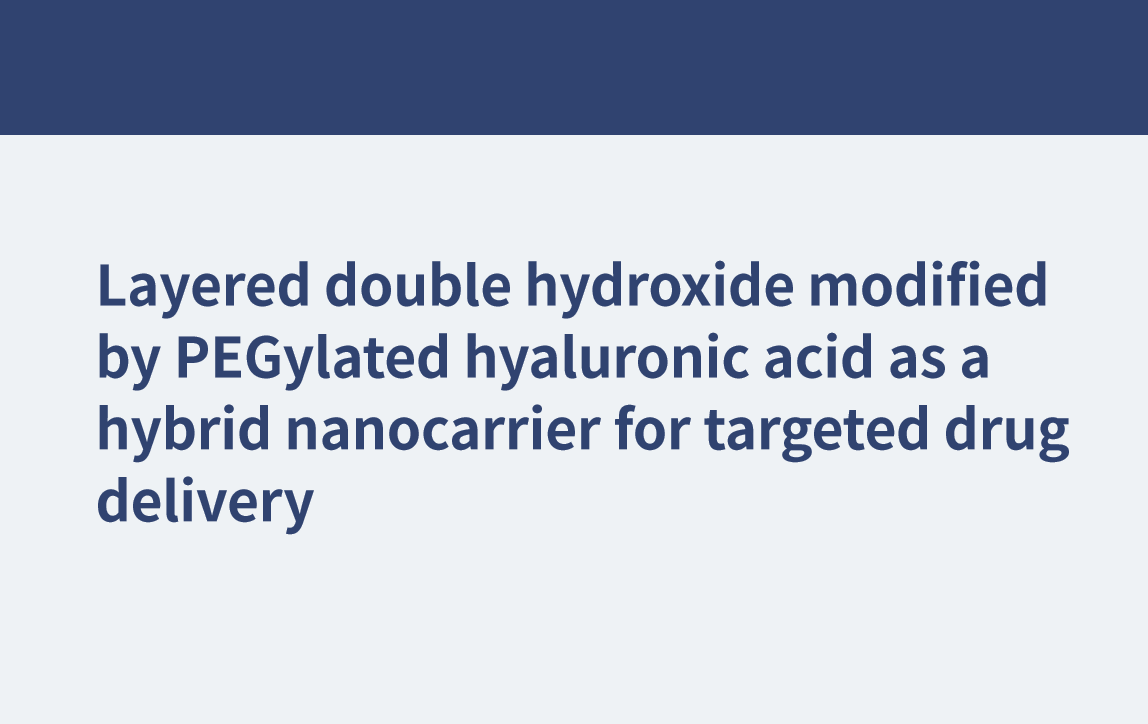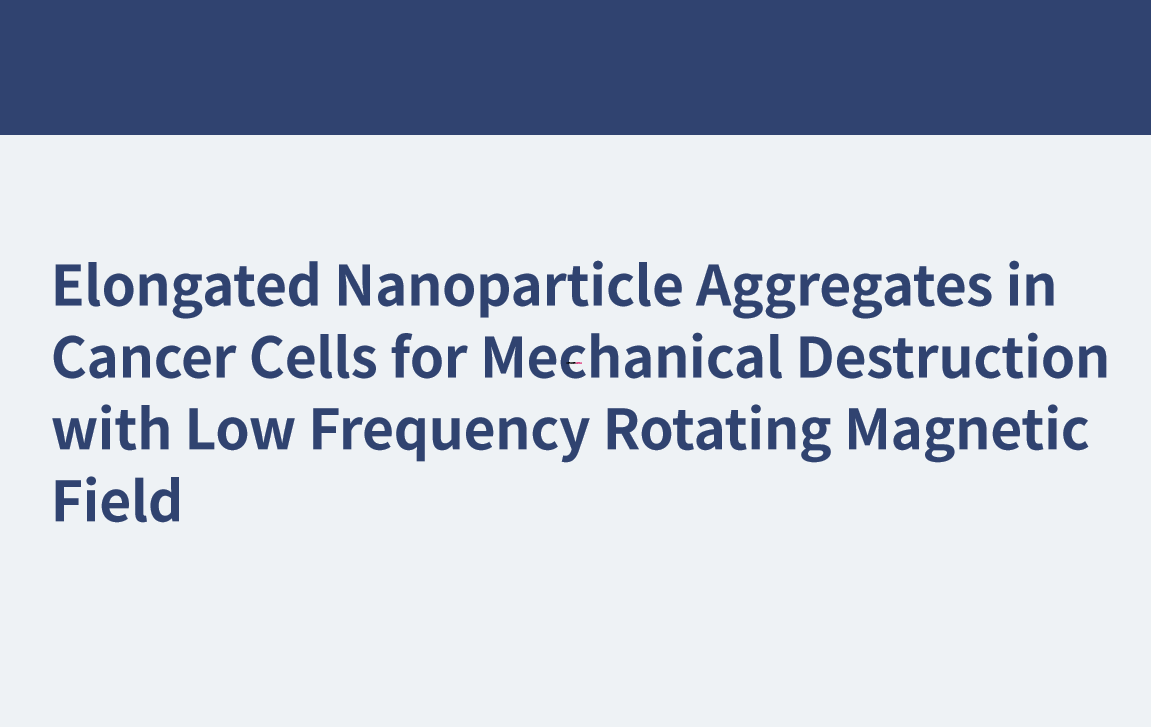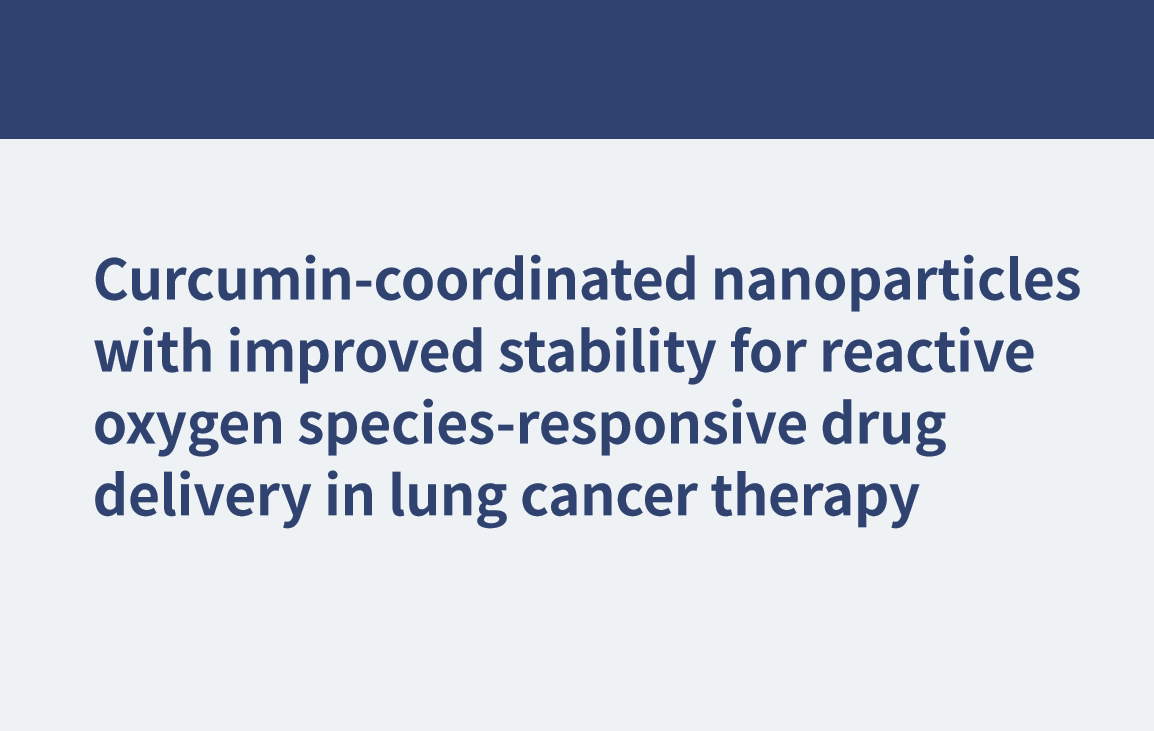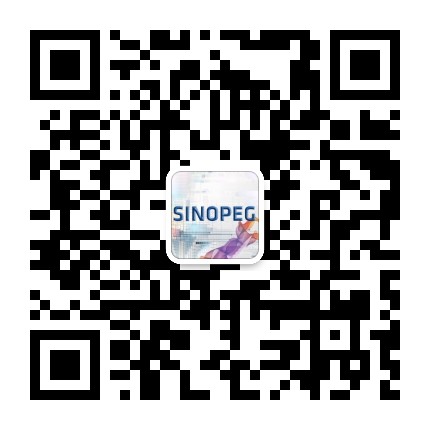Journal of Nanomaterials | Volume 2015 | Article ID 541763 | https://doi.org/10.1155/2015/541763 Preparation and In Vitro Evaluation of a Multifunctional Iron Silicate@Liposome Nanohybrid for pH-Sensitive Doxorubicin Delivery and Photoacoustic Imaging Zehua Liu, Shaoheng Tang, Zhiran Xu, Yingjun Wang, Xuan Zhu, Liang-cheng Li, Wanjin Hong, and Xiumin Wang Abstract For preventing premature drug release in neutral environment and avoiding them being trapped into the endosomal/lysosomal system, we developed a novel iron silicate@liposome hybrid (ILH) formulation, which can be used as a carrier to transport doxorubicin (DOX) in a pH-sensitive manner and to escape from endosomal/lysosomal trapping through “proton-sponge” effect. The high intensity of photoacoustic signal from in vitro photoacoustic imaging (PAI) experiments suggests that it is a promising candidate for PAI agent, providing the potential for simultaneously bioimaging and cancer-targeting drug delivery. Cytotoxicity of our formulation toward tumor cells was remarkably higher than free DOX (48.4±7.7% and 26.2±8.4%, P < 0.001). Confocal laser scanning microscopy experiments showed the enhanced transportation and enrichment process of DOX in QSG-7703 cells. Taking together, we developed an easy approach to construct a multifunctional anticancer drug delivery/imaging system with a potency as a PAI agent. The strategy of combining drug carrier and imaging agent is an emerging platform for further construction of nanoparticle and may play a significant role in cancer therapy and diagnosis. Related products Abbreviation: mPEG-NH2 Name: Methoxypoly(ethylene glycol) amine For more product information, please contact us at: US Tel: 1-844-782-5734 US Tel: 1-844-QUAL-PEG CHN Tel: 400-918-9898 Email: sales@sinopeg.com
View More







